Researcher says cover crops may make it harder for flea beetles to find canola, and can attract bugs that prey on the pest
Flea beetles can wreak havoc on canola but new research from the University of Manitoba could offer natural ways to control the pests. Associate professor of entomology Alejandro Costamagna started research on the value of cover crops in 2022 on mitigating flea beetle damage in canola. He said cover crops may help decrease flea beetle […] Read moreTag Archives cover crops

New cover crop attention revives interest in safflower
Proponents say the plant’s deep tap roots make it a desirable option when producers are considering cover crops
As more farmers deal with rising input costs and learn to work with fewer chemicals, cover cropping is gaining attention as a viable alternative for weed control, better soil health and overall biodiversity.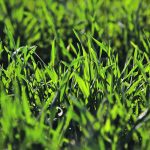
Cover crops may have potential to lower yields
Researchers have found the effect cover crops have on primary crops depends on the environment and how they are used
Recent research has shown that cover cropping could lower crop yields and lead to negative environmental impacts caused by expanded cultivation necessary to make up for those yield losses.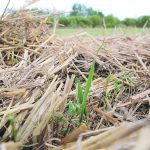
Cover crop survey expands its focus
A survey on cover crops is going beyond the organic producers who commissioned it to seek input from anyone interested in the practice at a time of increasing concern about climate change. “I think it makes sense for cover crops to become a bigger part of what is agricultural standard practice,” said researcher Brenda Frick. […] Read more

Cover crops come under scrutiny
BRANDON — Seeding a cover crop is one of the cornerstone practices of regenerative agriculture. The basic idea is to keep the soil covered and have a living plant in the ground for as long as possible to enhance the health and long-term productivity of the soil. But at a regenerative agriculture conference held mid-November […] Read more
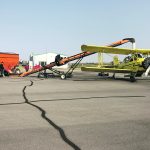
Taking to the sky to give cover crops head start
Alberta producers seed their cover crops from an airplane in the fall in an effort to give them a jump on winter wind
Standing in the middle of his field is not something Will Van Roessel would usually recommend when the bright yellow spray plane comes roaring overhead, but this one isn’t spraying; it’s seeding fall rye into his bean crop before it is harvested. When he turns his smartphone camera from the sky to the ground, sure […] Read more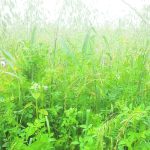
Cover crops can produce extra forage
Deciding which cover crops to use will depend on the goal, but producers must make sure not to use too many species
Summer annuals and cover crops can provide grazing for cattle and improve soil health, says Graeme Finn of Southern Cross Livestock near Crossfield, Alta. “There are many options to try, but a person has to narrow it down. Do you want a summer grazing program or a winter program? Do you want to take a […] Read more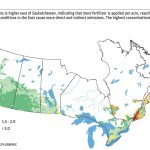
Cover crops’ ability to reduce N2O emissions questioned
The practice helps store carbon in the soil but may not be as effective when it comes to reducing nitrous oxide emissions
In February, Agriculture Canada announced $182.7 million in funding to help farmers fight climate change. The money will be distributed to farm groups and non-government organizations that will use the funds to promote the use of cover crops, rotational grazing and improved nitrogen management. The funding has two main objectives: To pull more carbon out […] Read more
Cover crop use expands on Prairies: researcher
Cover crops can help reduce erosion, hold soil moisture and improve soil health. Now a growing number of producers are using cover crops to also provide more forage for livestock. University of Manitoba researchers are conducting surveys to see how and why producers are using cover crops. Emma McGeough, associate professor in the U of […] Read more
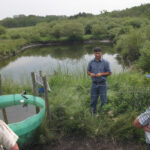
Greenhouse gas project focuses on farms
The federal government plans to spend $182 million to help farmers reduce greenhouse gas emissions, including $40 million for a 26-month project in Manitoba and Saskatchewan. The Manitoba Association of Watersheds (MAW) will lead the group overseeing the project, which will encourage and financially support producers who adopt rotational grazing, improve nutrient management and use […] Read more




